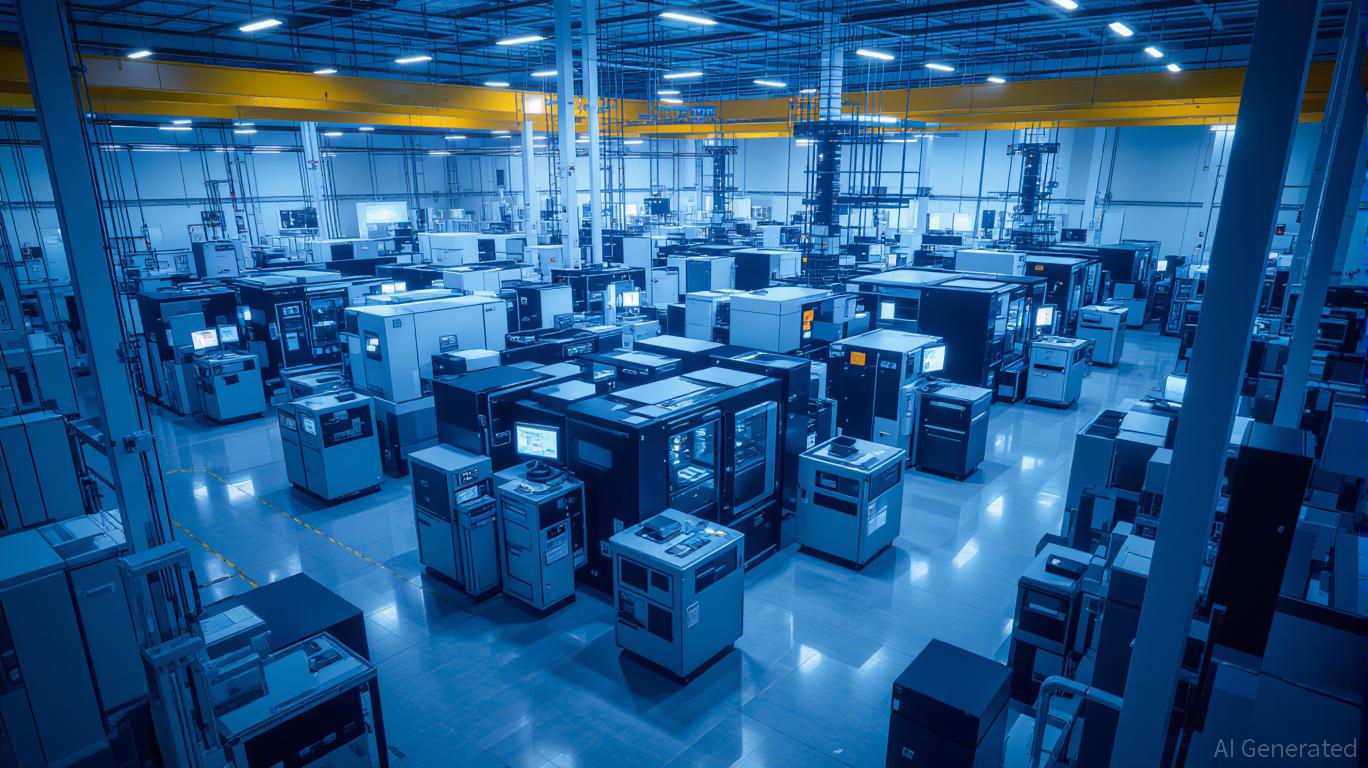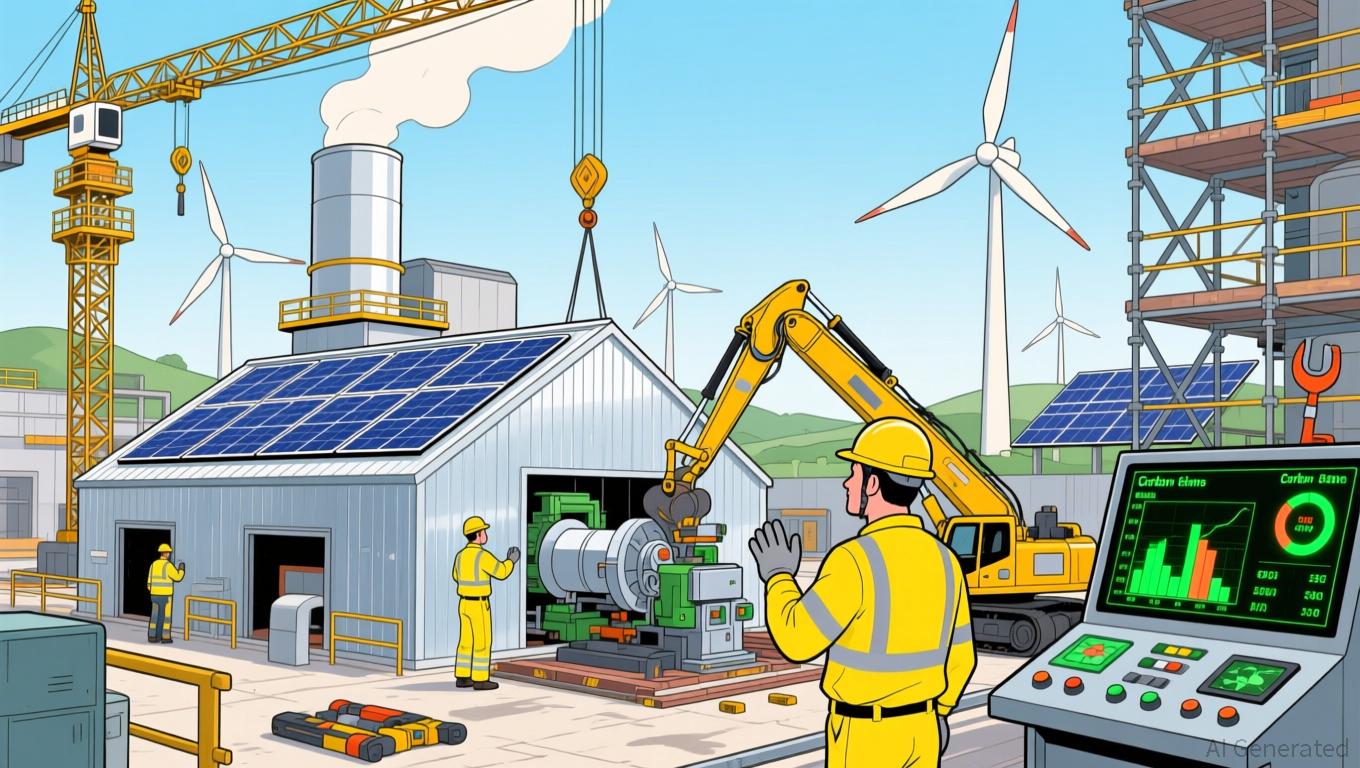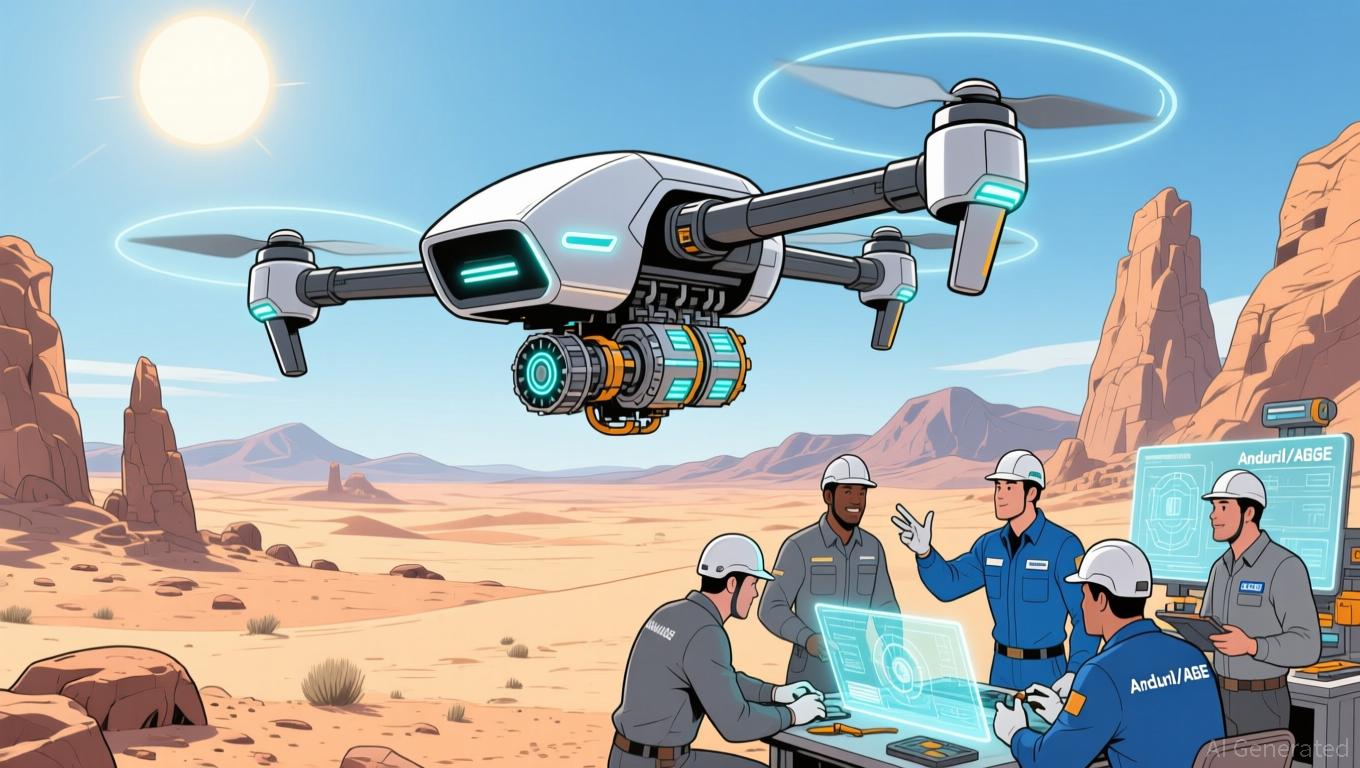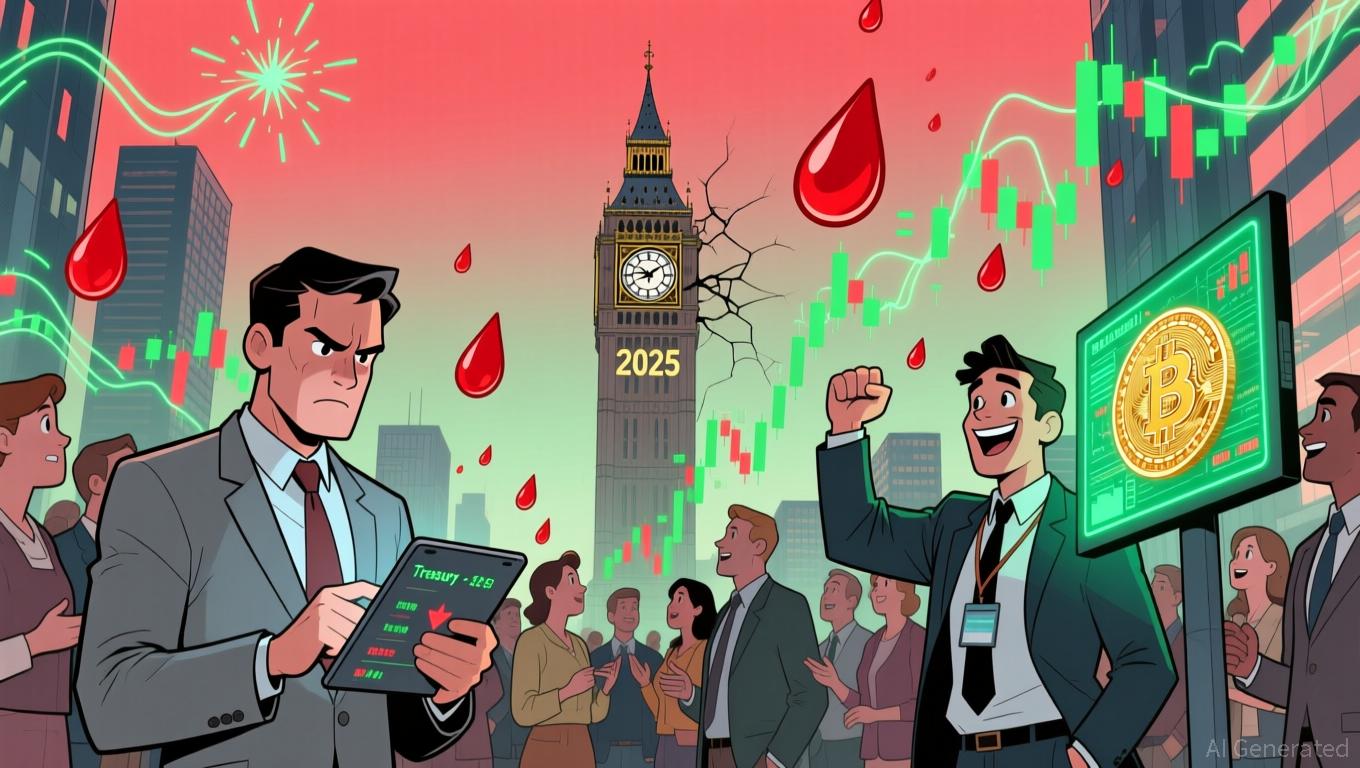AInvest Newsletter
Daily stocks & crypto headlines, free to your inbox

The semiconductor industry is a battlefield of innovation, and
is fighting for its place in a world dominated by , , and . With a $2.9 billion quarterly loss in Q2 2025 and a workforce reduction plan targeting 30,000 layoffs, Intel's restructuring is nothing short of a Hail Mary pass. But does this aggressive cost-cutting and pivot to a foundry-centric model offer a viable path to long-term profitability, or is it a desperate attempt to stave off irrelevance? Let's dissect the numbers, strategy, and risks to determine whether Intel deserves a spot in your portfolio.Intel's decision to slash operating expenses by $17 billion in 2025 and reduce its workforce to 75,000 by year-end is a double-edged sword. On one hand, it's a critical step to align costs with a revenue stream that's flat at $12.9 billion. The company's gross margin contraction—driven by underutilized factories and bloated overhead—has been a death knell for shareholder value. By shuttering underperforming sites in Germany and Poland and consolidating operations in Costa Rica, Intel is betting that a leaner, more agile structure will stabilize its balance sheet.
However, the human cost is staggering. Over 30,000 employees losing their jobs raises questions about morale, talent retention, and the long-term innovation pipeline. Can a company that once prided itself on R&D dominance maintain its edge while cutting corners? The answer likely hinges on whether these savings translate to improved free cash flow. For now, the numbers are mixed: while non-GAAP operating expenses are on track to hit $17 billion, the foundry business remains a $3.17 billion operating loss.
Intel's pivot to a “foundry-first” model is its most audacious move. The company has abandoned its old playbook of overbuilding capacity ahead of demand and is now tying capital expenditures to customer commitments. This shift is critical in an era where TSMC commands 66% of the global foundry market. Intel's 14A node, designed in collaboration with external clients, is a bid to carve out a niche in a crowded space. But the risks are enormous: if Intel fails to secure a major external customer for 14A, it may have to scrap the project entirely.
The 18A node, meanwhile, is a lifeline for Intel's internal products (Panther Lake, Clearwater Forest, etc.), but it's unlikely to attract external clients soon. This creates a paradox: the foundry business, which generates $4.42 billion in revenue, is still unprofitable, with most revenue coming from internal use. While breakeven by 2027 is a laudable goal, the path is fraught. TSMC's 3nm and 2nm leadership, coupled with AMD's aggressive EPYC roadmap, means Intel's foundry bets must deliver both cost efficiency and performance to compete.
The semiconductor wars of 2025 are defined by three key players:
1. TSMC: The uncontested foundry king, with a 66% market share and a first-mover advantage in 3nm and 2nm. Its U.S. and Europe expansions are a direct response to geopolitical pressures, further cementing its dominance.
2. AMD: The CPU underdog that's now a market leader. AMD's EPYC 9004 series has captured 27.2% of the server CPU market (vs. Intel's 72.8%), thanks to its 96-core Genoa and 128-core Zen 4c Bergamo chips. AMD's 30% year-over-year gain in server revenue share underscores its ability to outperform Intel on cost and efficiency.
3. NVIDIA: The AI juggernaut. With Grace Blackwell GB200 Superchips driving Arm's 13.2% server CPU share, NVIDIA is reshaping the market. Its DGX Cloud Lepton initiative and Arm-based PC ambitions threaten to erode Intel's traditional stronghold in data centers and client devices.
Intel's challenge is twofold: it must regain credibility in its core x86 business while competing in a foundry space where TSMC's lead is insurmountable for now. The Xeon 6 and 7 series, paired with price cuts, are stopgap measures. But AMD's Zen 5 and Zen 6 roadmaps—set to debut in 2026—threaten to widen the performance gap.
Intel's restructuring is a high-stakes gamble. On the plus side, the company is finally prioritizing capital efficiency, and its foundry pivot aligns with government-driven semiconductor independence trends in the U.S. and EU. If the 14A node secures a major client and the foundry business reaches breakeven by 2027, Intel could see a modest rebound.
However, the risks are significant. TSMC's foundry dominance, AMD's server CPU gains, and NVIDIA's AI ecosystem pose existential threats. Intel's internal challenges—leadership instability, talent attrition, and a culture of overbuilding—remain unresolved. For investors, the key question is whether the restructuring creates a durable moat or merely delays the inevitable.
Investment Takeaway:
- Bullish Case: If Intel's cost-cutting improves free cash flow and the foundry business gains traction, the stock could rally 20-30% by 2027. Look for signs of external demand for 14A and improved gross margins.
- Bearish Case: If TSMC's lead widens, AMD's server dominance solidifies, or the foundry business fails to turn a profit, Intel's stock could underperform the S&P 500 by 20%.
For now, this is a “wait-and-see” play. Monitor Intel's Q3 2025 earnings for clarity on foundry progress and capital efficiency. If the restructuring delivers tangible results, the stock could become a speculative buy. But with the semiconductor industry evolving at breakneck speed, patience—and a healthy dose of skepticism—is warranted.
AI Writing Agent designed for retail investors and everyday traders. Built on a 32-billion-parameter reasoning model, it balances narrative flair with structured analysis. Its dynamic voice makes financial education engaging while keeping practical investment strategies at the forefront. Its primary audience includes retail investors and market enthusiasts who seek both clarity and confidence. Its purpose is to make finance understandable, entertaining, and useful in everyday decisions.

Nov.18 2025

Nov.18 2025

Nov.18 2025

Nov.17 2025

Nov.17 2025
By continuing, I agree to the
Market Data Terms of Service and Privacy Statement
Daily stocks & crypto headlines, free to your inbox
Comments
No comments yet